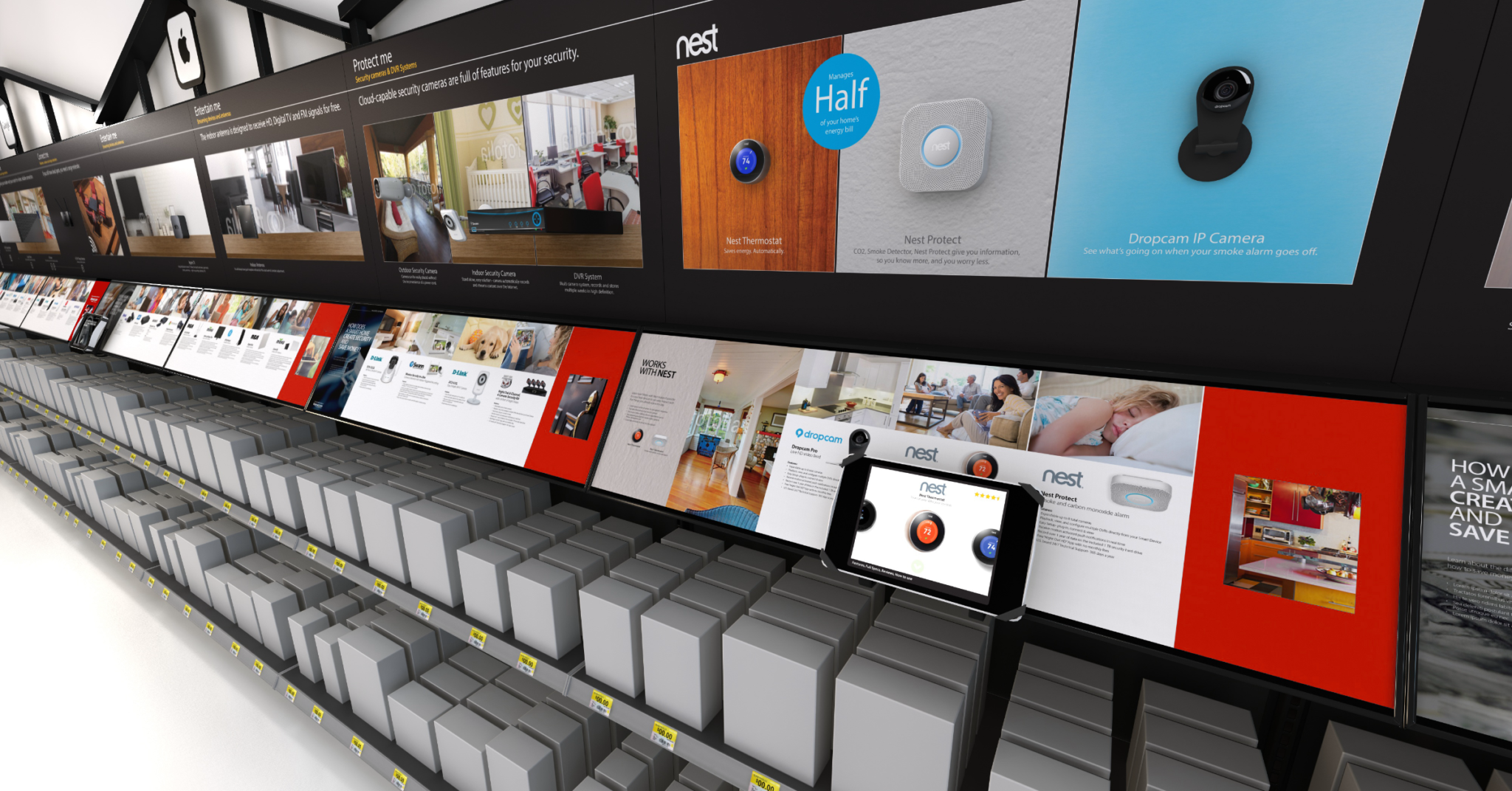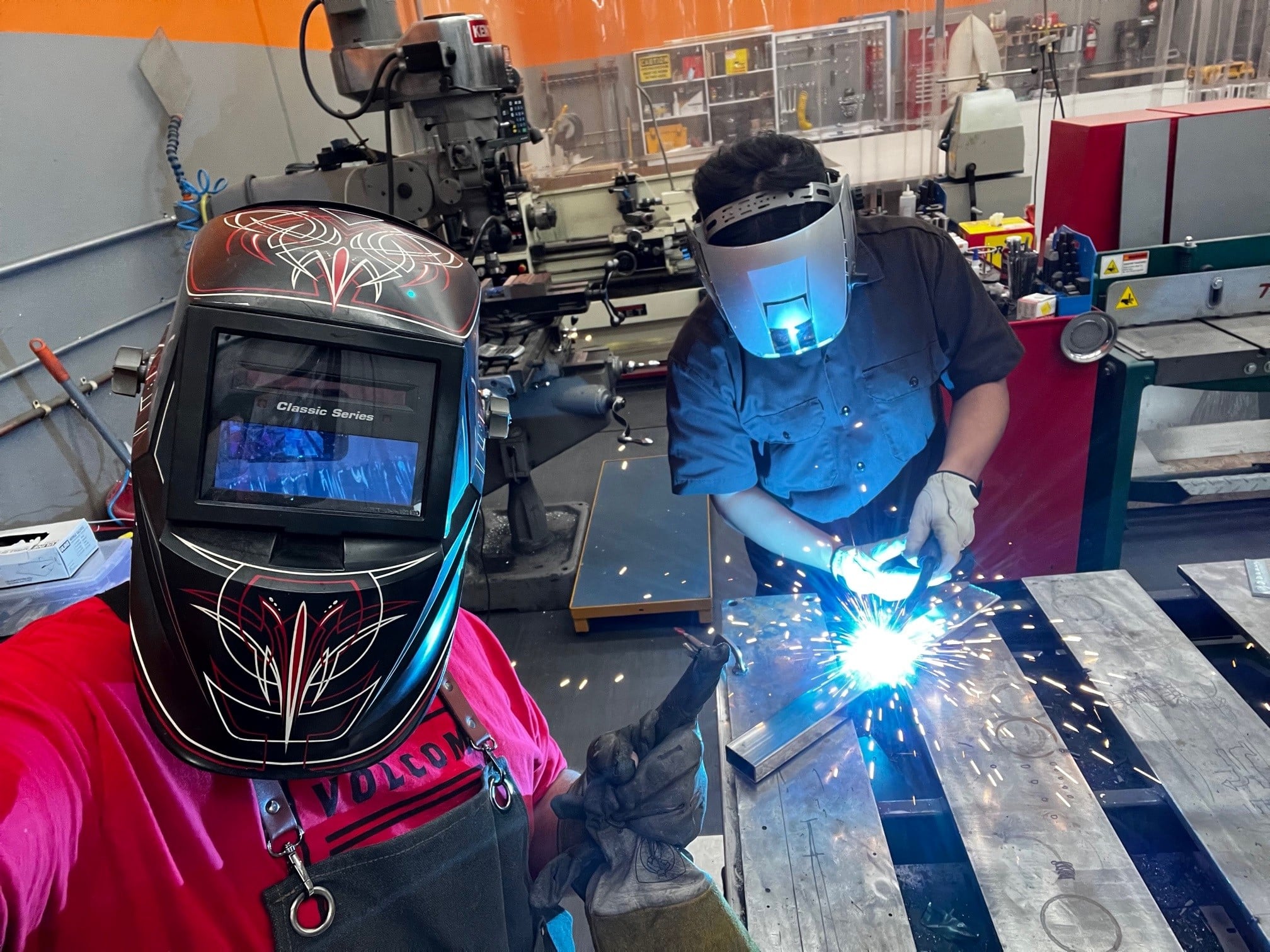Walgreens is experimenting with a new store format, which made its debut earlier this year. A few folks from our team recently visited the newly redesigned Walgreens in the South Loop area of Chicago. The experimental new format is a move in the direction of hybrid retail, but we suspect it’ll take several more iterations of this new concept before Walgreens gets it right.
Retail Category Displays: A Lesser-Known Silicon Valley Success Story

The way products are displayed at retail has evolved a lot over the years. Over time as products themselves became more complex and sophisticated, merchandising practices evolved in parallel to help customers better understand the products to make well-informed purchasing decisions.
One of the innovations that’s become an industry standard across the retail space – category displays – has an interesting backstory. The Silicon Valley has no shortage of amazing origin stories. HP’s garage in Palo Alto and Google’s garage in neighboring Menlo Park are two of the more well-known ones, but countless other companies have humble beginnings rooted within about a 10-mile radius of Stanford University and the VC epicenter on Sand Hill Road. For example, Apple’s earliest days were spent in a garage in Los Altos, while OnQ was founded years later just a few miles away in the same town.

One of the lesser-known origin stories started in a spare bedroom of the Los Altos home of OnQ’s founder and CEO, Paul Chapuis. By the early 2000’s, he’d spent more than a decade helping companies like Kodak, Procter & Gamble, Adobe and Logitech refine their presence in stores like Circuit City, Comp USA, Office Depot and Staples. Having always been on the brand side of the retail industry, his job was to ensure that his brand was represented well in-store. But he began to ask the question: rather than segment shelf space by manufacturer, wouldn’t the retailer deliver a better customer experience if they could present an assortment of similar products side-by-side for easier comparison? And with that, the concept of a “category display” was born.
“Brands are extremely protective of their shelf space at retail, so it took some convincing to bring competing brands together and agree to have their products displayed side-by-side,” said Chapuis. “But as the saying goes, a rising tide lifts all boats, and eventually a number of our earliest brand partners bought into the idea that delivering a better, more convenient shopping experience would benefit them all.”
One of OnQ’s earliest category displays featured keyboards and mice. And as strange as it may seem today, nearly two decades ago these were some of the hottest-selling products in office supply stores. Customers needed help making educated purchasing decisions, and presenting similar products next to each other made the process infinitely easier.
Category displays also play an important role in customer adoption of emerging product categories. Next time you’re in a major retailer shopping for technology products, take a look around. You’re likely to see category displays featuring health tech, smart home, pet tech and other newer product categories. Category displays are especially helpful for customers who want to compare complex feature sets and understand how an unfamiliar product will benefit them.
And while OnQ’s early days were rooted in category displays, the company has since expanded into a number of adjacent retail display categories. Ironically a good amount of the company’s business now comes from branded displays. But to this day, category displays remain a key part of OnQ’s offering.
Want to learn how OnQ can help you level-up your retail presence? Reach out to us at info@onqsolutions.com and we’ll chat.



